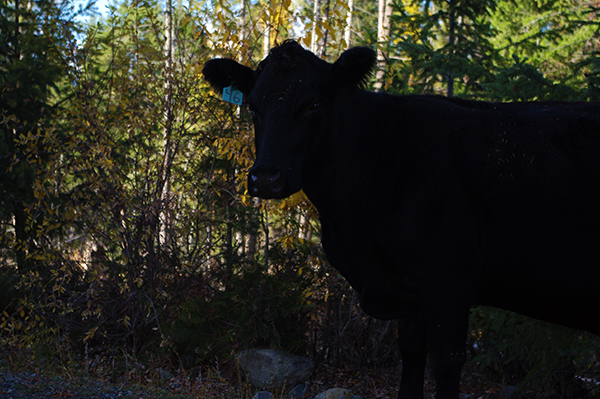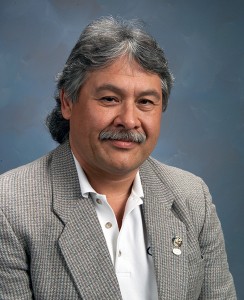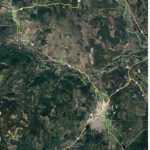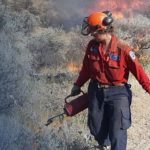Home »

Changes made to forest and range legislation
Amendments to the Forest and Range Practices Act will support the health and sustainability of B.C.’s forests and range lands, while strengthening public confidence in how these vital resources are managed, says the Ministry of Forests, Lands, Natural Resource Operations and Rural Development.
“We’re making overdue changes to how we do things in the woods to ensure resilient forests and on the range to support families and communities in this province,” said Doug Donaldson, Minister of Forests, Lands, Natural Resource Operations and Rural Development. “These changes are part of our plan to revitalize the forest sector, to improve public trust, find paths to reconciliation with First Nations and improve transparency and public confidence in decision-making.”
Initial changes to the act will be followed over the next two years by more substantive changes, which will be informed by a public consultation later this spring.
* creating more frequent and reliable opportunities for public input;
* improving information sharing in forest planning;
* strengthening the minister’s ability to manage forest activity;
* expanding the definition of wildlife in the act to help protect at-risk species; and
* improving and streamlining range-use planning.
These changes respond to feedback and analyses received over the last decade from First Nations, the Forest Practices Board, the forest industry, the Union of British Columbia Municipalities (UBCM) and other resource groups, the ministry noted in a media release.
The Forest and Range Practices Act and regulations first came into effect in 2004. The proposed new definition for wildlife comes into effect on first reading, with all other proposed changes to come into effect by regulation expected in spring 2020.

“These preliminary changes reflect changes in society’s views by increasing focus on all the benefits that come from our forests, improving co-ordination between forest and range users, and improving public engagement and pubic interest decision-making. The next set of the changes will go even further and will do their part in ensuring that Indigenous peoples are properly engaged in the stewardship of our forests. I am excited to see what the next engagement process yields,” stated Kimberley area resident Garry Merkel, co-chair, Minister’s Forest and Range Practices Advisory Council.
“Forest professionals increasingly find themselves caught between the government’s statutory requirements and communities’ desire for a greater say in land-use decisions. We are optimistic the proposed changes to increase public input will improve clarity for both the public and the forest professionals who must balance legal requirements and public desires when making forest-management decisions,” said Christine Gelowitz, CEO, Association of BC Forest Professionals.
Kevin Boon, general manager, BC Cattlemen’s Association added: “Aligning and streamlining the range-use plan with the terms of the range agreement promises to make the administration simpler and clearer for both our members and range staff which, in turn, should allow for a more efficient process for range management.”
“Local governments have advocated for a number of years for increased consultation on forestry activities happening in their backyards. We’re pleased that the proposed amendments to the Forest and Range Practices Act provide those opportunities,” said Brian Frenkel, second vice-president of the Union of British Columbia Municipalities and District of Vanderhoof councillor.
Of the 95 million hectares that make up British Columbia, approximately 55 million hectares are forested.
Of this forested land, approximately 22 million hectares are considered part of the public timber harvesting land base. Less than one per cent is harvested each year.
British Columbia has 51.9 million hectares of land certified to one of three internationally recognized independent sustainable forest management standards. This is more than any other jurisdiction in the world, apart from Canada as a whole.
There are over 140 forest stewardship plans and about 1,475 range-use plans throughout the province.
e-KNOW








